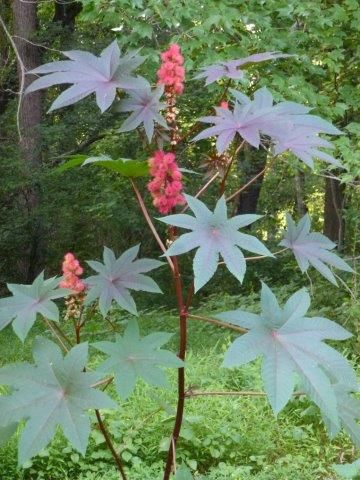
Castor bean (Ricinus communis) is a tender perennial native to eastern Africa, the Mediterranean region and India. Although the plant is called a bean, it is really not a bean; it produces seeds that look like beans. The plants can reach about 10 feet in height and have huge, deeply lobed leaves. The pale creamy yellow flowers are rather small, however they are the precursor for clusters of dramatic spiny seedpods. Although many plants have green leaves and seedpods, there are many varieties which have deep red stems and color on the leaves and brilliant fuschia to deep red-colored seedpods. Grown as an annual in cold climates, this showy plant will perish with freezing temperatures.
With such a colorful description, you’d think we’d see castor bean plants in many gardens. Public and private gardens often do not grow them due to the fact that the seeds are poisonous. According to Amy Stewart in her Wicked Plants, “Three or four of them can kill a person, although people do survive castor seed poisoning, either because the seeds aren’t well chewed or because they are purged quickly.” www.wickedplants.com Or they sought medical attention and were treated accordingly.
I grew castor beans for many years and then I had kids and decided not to have them in the garden since just one or two seeds can kill a child and there were lots of children around. Though, if I warned my kids about the dangers of a plant, they paid attention. My daughters grew up playing outside and in the garden and they knew which edible flowers and herbs were good to eat–and if there was any question they were to ask first–before eating. However, I felt it best to be safe.
Education about garden plants is essential to those of all ages. Although we constantly talk about the health and medicinal benefits of plants, we don’t often talk about deadly plants. One garden I find most intriguing is the Poison Garden at Alnwick Gardens. https://www.alnwickgarden.com/explore/whats-here/the-poison-garden The garden entrance alone is enough to make one think twice before entering with a sign that states “These Plants May Kill You”. The creator of this garden, the Duchess of Northumberland remarks: ‘I wondered why so many gardens around the world focused on the healing power of plants rather than their ability to kill… I felt that most children I knew would be more interested in hearing how a plant killed, how long it would take you to die if you ate it and how gruesome and painful the death might be.’
And the ricin in the castor seed acts slowly on the human body in the most horrible way–first causing abdominal pain, nausea and vomiting, then convulsions and eventually disintegration of the kidneys, liver and spleen–this over a period of four to seven days. Death can be prevented if caught and treated medically. Castor oil, which has been used for centuries as a laxative, has the ricin removed during cold-processing, so it is safe to take internally and it is used externally on aching muscles, for dry skin and in cosmetics.
So why am I cultivating this plant in my garden now? Besides other monikers like “ricin”, “Palma Christi” and “Grilla”, Ricinus communis is also referred to as “mole plant”. Last year, well over half of our potato crop was eaten by underground rodents… moles and/or voles… perhaps other culprits. It was devastating to dig up the rows of plants and find just little bits of potatoes or ones that were half eaten and rotting.
So I decided to try the mole plant and see what happened. I planted six seeds in the spring once the earth had warmed–at either end of the potato row and in other places where there was evidence of burrowing. Well the burrowing stopped and the radishes were left alone. In addition, having recently dug this year’s potatoes–there was just one single potato with a slight amount of nibbling. The rest were big and whole, providing one of the best potato harvests ever. I am now a believer that the castor bean plant does repel moles.
I will be responsible and carefully gather the seeds from these pods and dry them to plant for next year’s garden, carefully labeling them and putting them out-of-reach of children. Garden responsibly.
Fine Gardening Recommended Products

Spear & Jackson 4930FZ Razorsharp Telescopic Tree Pruner
Fine Gardening receives a commission for items purchased through links on this site, including Amazon Associates and other affiliate advertising programs.

Corona® Multi-Purpose Metal Mini Garden Shovel
Fine Gardening receives a commission for items purchased through links on this site, including Amazon Associates and other affiliate advertising programs.


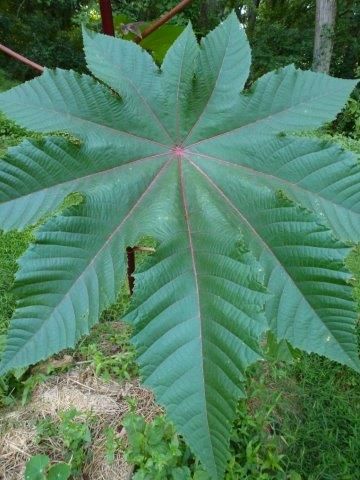
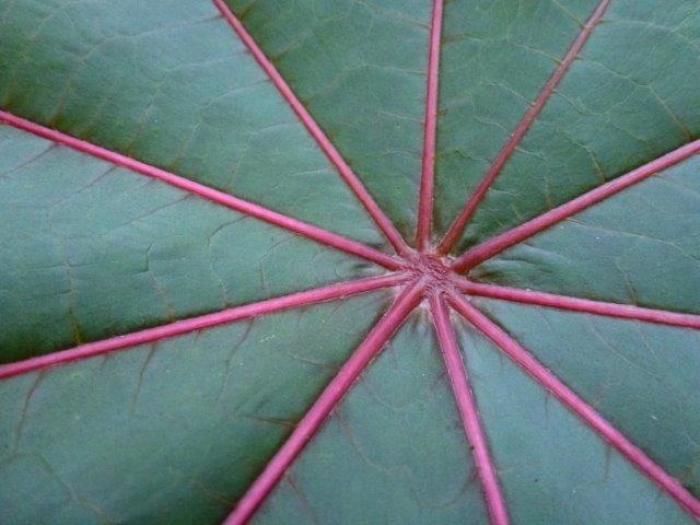
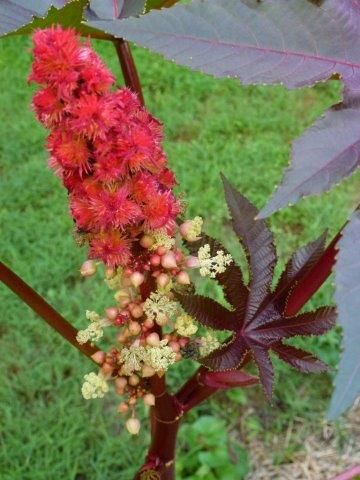

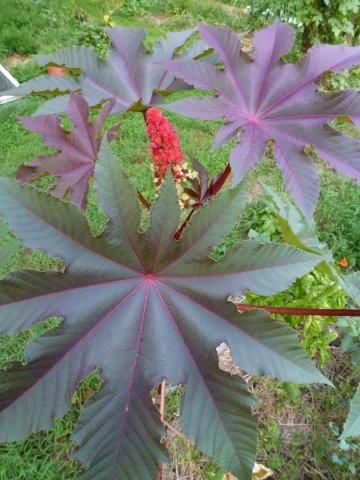

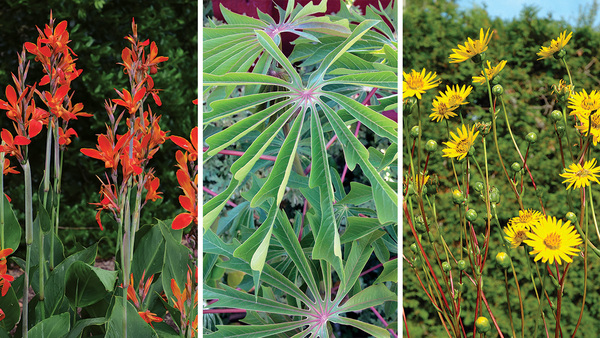

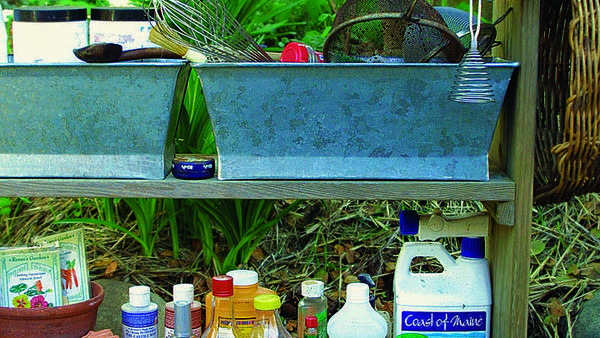














Comments
Log in or create an account to post a comment.
Sign up Log in